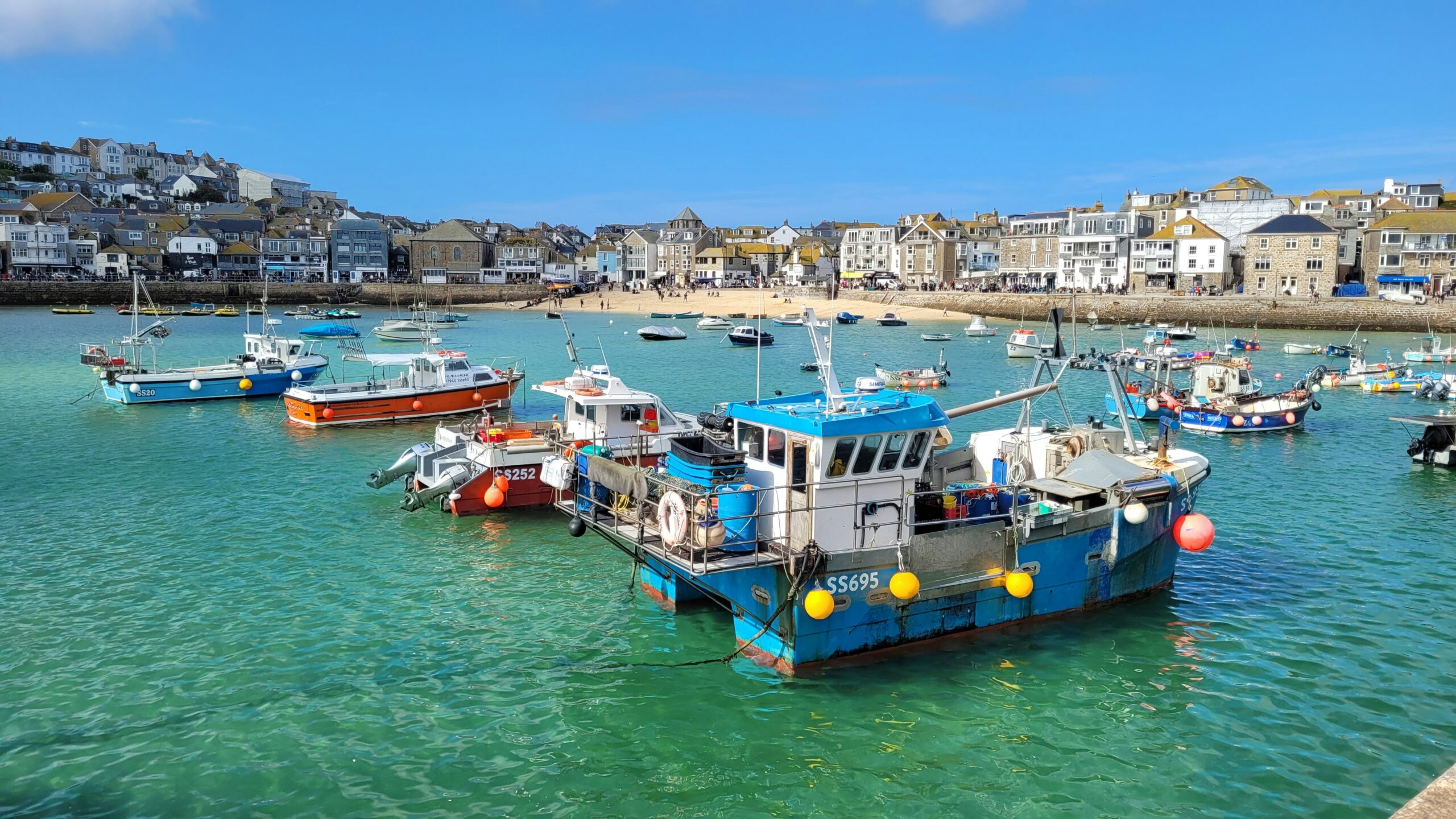Photo by Link Bekka
A comprehensive new study has developed a standardised method for assessing how highly protected marine areas (HPMAs) could displace commercial fishing activity, providing crucial insights as the UK Government considers expanding its marine protection network beyond the three pilot sites designated in 2023.
The research, published in Frontiers in Marine Science, examined a hypothetical 25km² HPMA in English inshore waters to understand potential socio-economic impacts on fishing communities and environmental consequences of displaced fishing effort.
Three types of fishing displacement identified
The research team, led by Natural England and Devon and Severn Inshore Fisheries and Conservation Authority, identified three main ways fishing displacement could occur: removal of fishing effort where operations become economically unviable; relocation to areas outside the HPMA, potentially increasing environmental impacts in surrounding waters; and substitution where vessels switch gear types to access alternative fishing grounds.
The study highlights that smaller fishing vessels may be particularly vulnerable due to limited operating ranges, potentially resulting in higher industry exit rates among operators of vessels under 10 metres, who comprise 81.8% of the English fleet.
Significant economic and environmental trade-offs revealed
The analysis found the test area represents an important fishing ground for multiple vessels, with three vessels earning over 10% of their annual income within the 25km² zone. However, a large proportion of the hypothetical HPMA consists of highly sensitive habitats, including important blue carbon environments.
This trade-off between economic importance to fishing communities and environmental sensitivity highlights the complex decisions facing policymakers when designating new HPMAs.
Enhanced monitoring enables detailed analysis
The research utilised advanced vessel monitoring technology, including I-VMS for smaller vessels, with legislation making this mandatory for vessels under 12 metres coming into force in May 2025. This enhanced monitoring allows fine spatial analysis of fishing patterns and vessel vulnerabilities.
Broader applications for marine spatial planning
The study’s authors emphasise their standardised assessment method has applications beyond HPMAs, including evaluation of displacement effects from offshore wind developments and other marine infrastructure projects. They recommend developing interactive tools to help regulators assess economic importance of areas under consideration for closure.
The research provides essential tools as England’s MPA network covers 40% of English waters, with the government seeking to balance marine conservation objectives with socio-economic needs of fishing communities and other maritime sectors.
